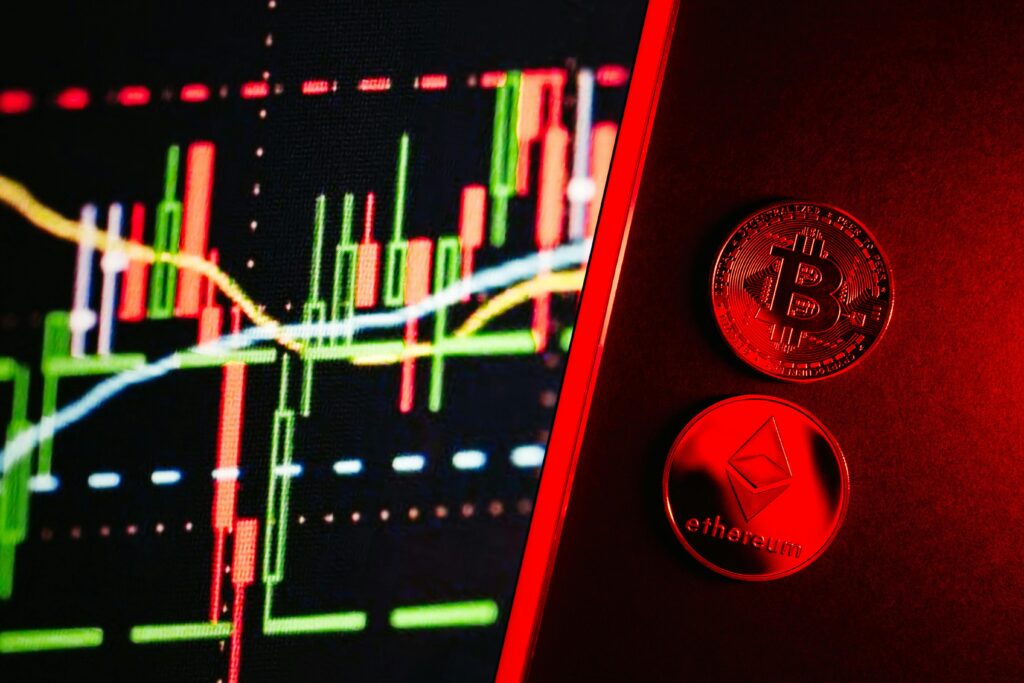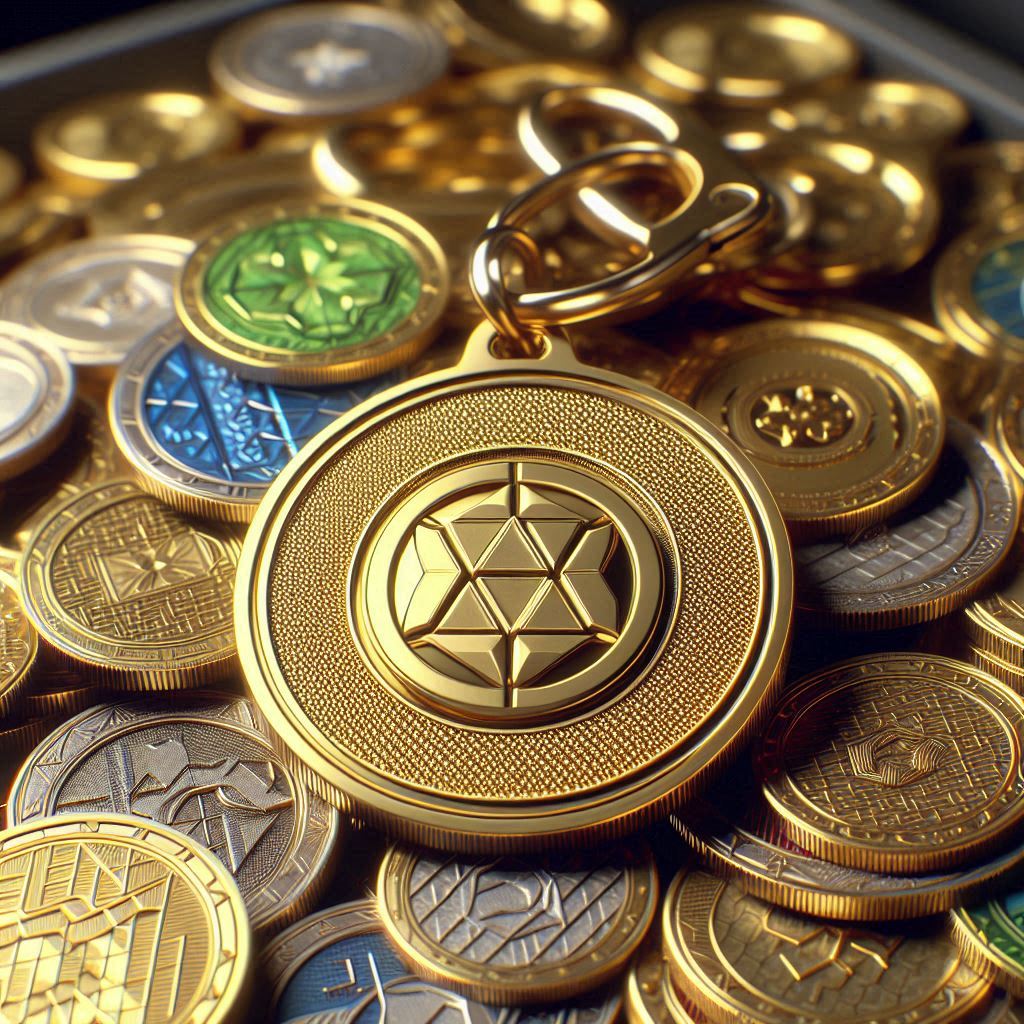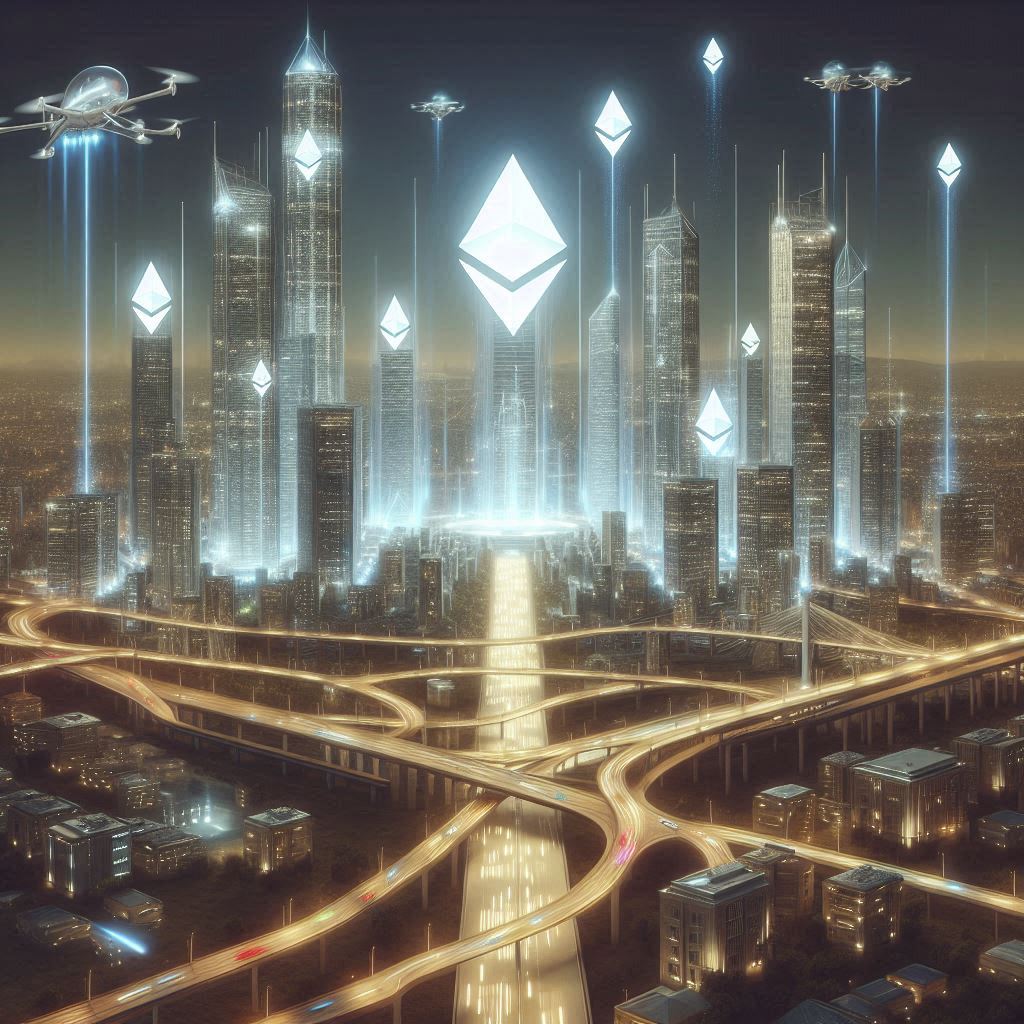Non-Fungible Tokens (NFTs) are making waves in various industries, and one of the most exciting areas they are impacting is the art world. If you’ve heard about NFTs but aren’t sure how they work or why they matter, this article will break it down for you. We’ll explore how NFTs are revolutionizing the art world, offering new opportunities for artists, collectors, and everyone in between.

What Are Non-Fungible Tokens?
To understand how NFTs are changing art, it’s essential to know what they are. A Non-Fungible Token, or NFT, is a unique digital asset that represents ownership of a specific item or piece of content. Unlike cryptocurrencies like Bitcoin or Ethereum, which are fungible and can be exchanged one-for-one, NFTs are unique and cannot be exchanged on a like-for-like basis. Each NFT has its own distinct value and attributes.
NFTs are built on blockchain technology, which is a secure and transparent digital ledger. The blockchain records every transaction involving an NFT, ensuring its authenticity and ownership. This digital ledger makes it possible to prove that an NFT is genuine and that its ownership can be traced back to its original creator.
NFTs and the Art World
The art world has traditionally operated in physical spaces, with galleries and auction houses playing central roles. NFTs are shifting this paradigm by introducing digital art to the market. Here’s how NFTs are transforming the art world:
- Empowering Digital Artists
Before NFTs, digital artists struggled to prove ownership and sell their work. Digital art could be easily copied and shared, making it challenging for artists to monetize their creations. NFTs solve this problem by providing a way to create unique, verifiable digital assets. Each NFT represents a one-of-a-kind piece of digital art, allowing artists to sell their work with confidence. Artists can also benefit from royalties, as many NFT platforms allow creators to earn a percentage of sales whenever their work is resold.
- Access to a Global Market
NFTs have opened up the art world to a global audience. Traditional art sales were often limited to local galleries and auction houses, but NFTs can be bought and sold anywhere in the world. This accessibility allows artists to reach new audiences and collectors who might not have been able to engage with their work otherwise.
- Redefining Ownership and Provenance
Ownership and provenance, or the history of an artwork’s ownership, are crucial in the art world. NFTs provide a transparent and immutable record of ownership on the blockchain. This means that buyers can trace the history of an artwork, ensuring its authenticity and the legitimacy of its creator. For collectors, this transparency adds value and security to their investments.
- Creating New Art Forms
NFTs are not just about digital paintings or illustrations; they enable entirely new forms of art. Artists can create interactive, dynamic, and multimedia artworks that would be impossible or impractical in a physical format. For example, an NFT could include animations, sound, or even virtual reality elements. This flexibility allows artists to experiment with new creative ideas and push the boundaries of traditional art forms.
- Changing How Art Is Valued
NFTs are also changing how art is valued. Traditional art is often valued based on factors like artist reputation, historical significance, and market demand. NFTs introduce new metrics for valuation, such as rarity, digital scarcity, and the uniqueness of the token. This shift is opening up new possibilities for how art is priced and perceived in the digital age.
- Expanding Artistic Communities
NFTs have fostered new artistic communities and platforms where creators and collectors can interact directly. Online marketplaces and social media platforms dedicated to NFTs allow artists to showcase their work, connect with fans, and collaborate with other creators. This sense of community is helping to build a more inclusive and diverse art world.
Challenges and Criticisms
Despite the excitement around NFTs, there are challenges and criticisms to consider:
- Environmental Impact: The process of creating and trading NFTs can be energy-intensive, contributing to concerns about their environmental impact. Many NFT platforms are working on solutions to reduce their carbon footprint, but this remains an ongoing issue.
- Market Volatility: The NFT market can be highly volatile, with prices fluctuating rapidly. This can pose risks for both artists and collectors, as the value of NFTs can change dramatically over short periods.
- Intellectual Property Issues: The digital nature of NFTs raises questions about intellectual property rights. There have been cases of art being tokenized without the artist’s permission, highlighting the need for clear guidelines and protections.
Conclusion
Non-Fungible Tokens are undeniably transforming the art world, offering new opportunities for digital artists and reshaping how art is created, bought, and sold. By providing a way to prove ownership and authenticity, NFTs are empowering artists and expanding their reach to a global audience. While there are challenges to address, the potential of NFTs to innovate and enrich the art world is substantial. As technology and market practices continue to evolve, NFTs will likely play an increasingly important role in the future of art.

